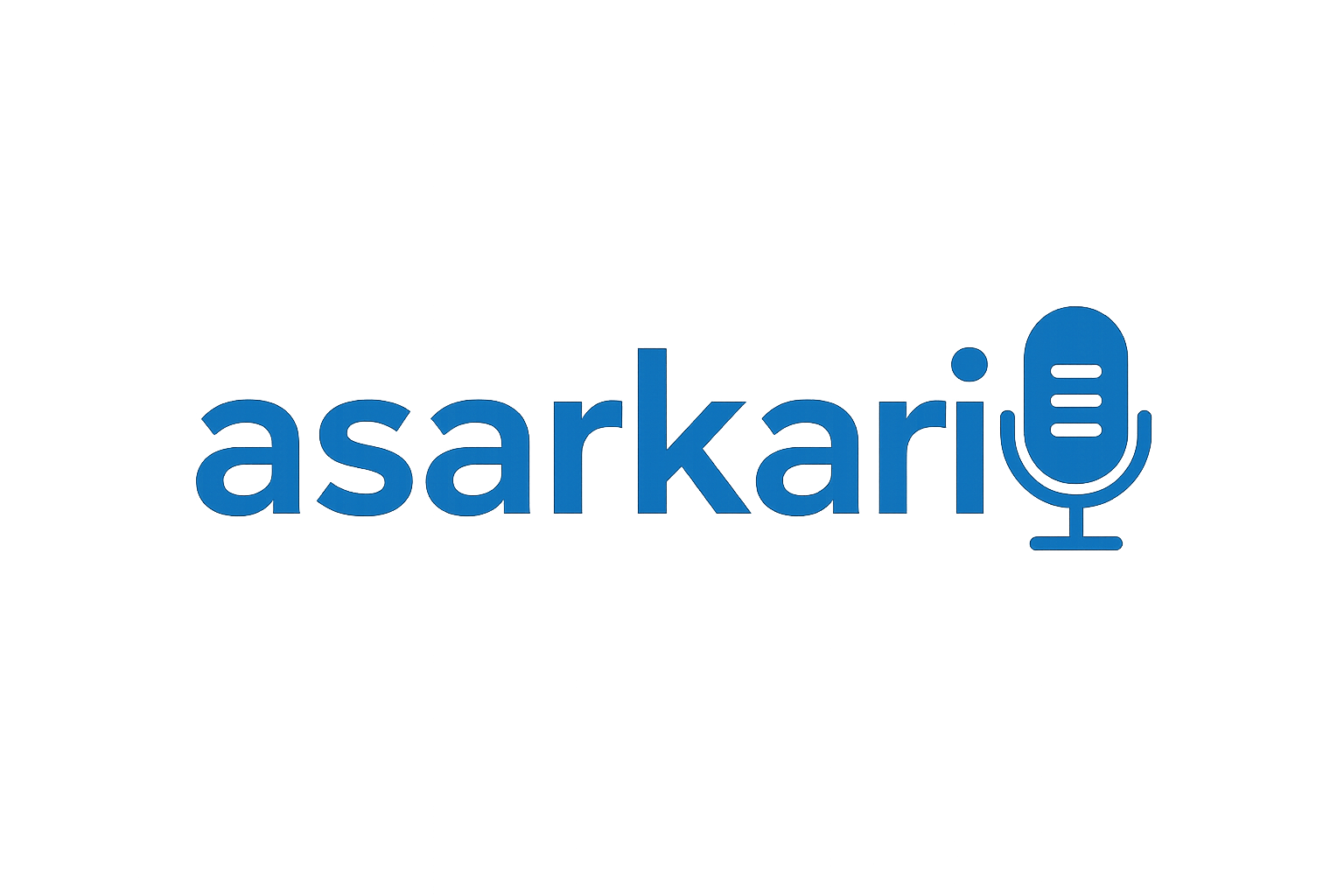IIT Bombay researchers uncover the role of invisible mechanical cues in tissue organisation

IIT Bombay Researchers Uncover the Role of Invisible Mechanical Cues in Tissue Organisation
Breaking News, Daily Updates & Exclusive Stories - asarkari
In a groundbreaking study, researchers at the Indian Institute of Technology (IIT) Bombay have unveiled significant insights into how invisible mechanical cues influence tissue organisation. This pivotal research focuses on the impact of strain fields created by inhomogeneities within biomaterials, establishing a new understanding of cell behaviour in various biological contexts, including development and disease.
Introduction
The study conducted by IIT Bombay's dedicated research team has brought to light the complexities involved in cell alignment within tissues. The researchers explored how cells respond to mechanical forces that may not be visible but play a crucial role in shaping the tissue environment. This advancement has far-reaching implications for tissue engineering and regenerative medicine, both burgeoning fields that aim to solve major health issues.
The Significance of Strain Fields
Strain fields are essentially distortions occurring in the biomaterials due to embedded inhomogeneities, such as variations in material properties or imperfections. The IIT Bombay team established that these invisible strain fields exert mechanical cues that can direct cell alignment and behaviour. Understanding this mechanobiological aspect of cells allows scientists and medical professionals to effectively design biomaterials tailored to specific healing or developmental processes.
Implications for Medicine and Tissue Engineering
This research bears significant relevance in fields such as tissue engineering, where the goal is to develop synthetic organs or tissues for transplantation. By understanding the interaction between cells and the mechanical environment, there is potential for creating biomaterials that can better mimic natural tissues. This could lead to improved outcomes in regenerative therapies, especially for complex tissues that are notoriously difficult to engineer.
Moreover, insights from this study could reshape therapeutic approaches for diseases characterized by abnormal cell alignment, such as cancers or fibrotic conditions. The ability to manipulate cell behaviour through mechanical cues opens doors to innovative treatment options that can mitigate disease progression.
Future Outlook
As research continues, the IIT Bombay team is optimistic about further exploring how these mechanical cues can be harnessed for practical applications in healthcare. This will not only transform our understanding of basic biology but may also contribute significantly to advancements in clinical settings.
Dr. Ananya Singh, a key researcher involved in the study, commented, “Understanding mechanical cues gives us a fresh perspective on cellular behaviours that have long puzzled scientists. It’s an exciting time to integrate mechanical engineering principles with biological sciences.”
Conclusion
The IIT Bombay findings spearhead a promising new chapter in the interdisciplinary dialogue between engineering and life sciences. The role of invisible mechanical cues in tissue organisation not only enhances our basic understanding of cell behaviour but also paves the way for transformative innovations in medicine and tissue engineering. As research evolves, we can anticipate exciting developments that will potentially improve healthcare outcomes for millions of people worldwide.
In summary, the exploration into mechanical cues by IIT Bombay’s researchers illustrates how closely linked our physical environments are to biological processes. For more updates, visit https://asarkari.com.
Keywords:
IIT Bombay, mechanical cues, tissue organisation, strain fields, biomaterials, cell behaviour, tissue engineering, regenerative medicine, biological sciences, healthcare outcomesWhat's Your Reaction?
 Like
0
Like
0
 Dislike
0
Dislike
0
 Love
0
Love
0
 Funny
0
Funny
0
 Angry
0
Angry
0
 Sad
0
Sad
0
 Wow
0
Wow
0










































